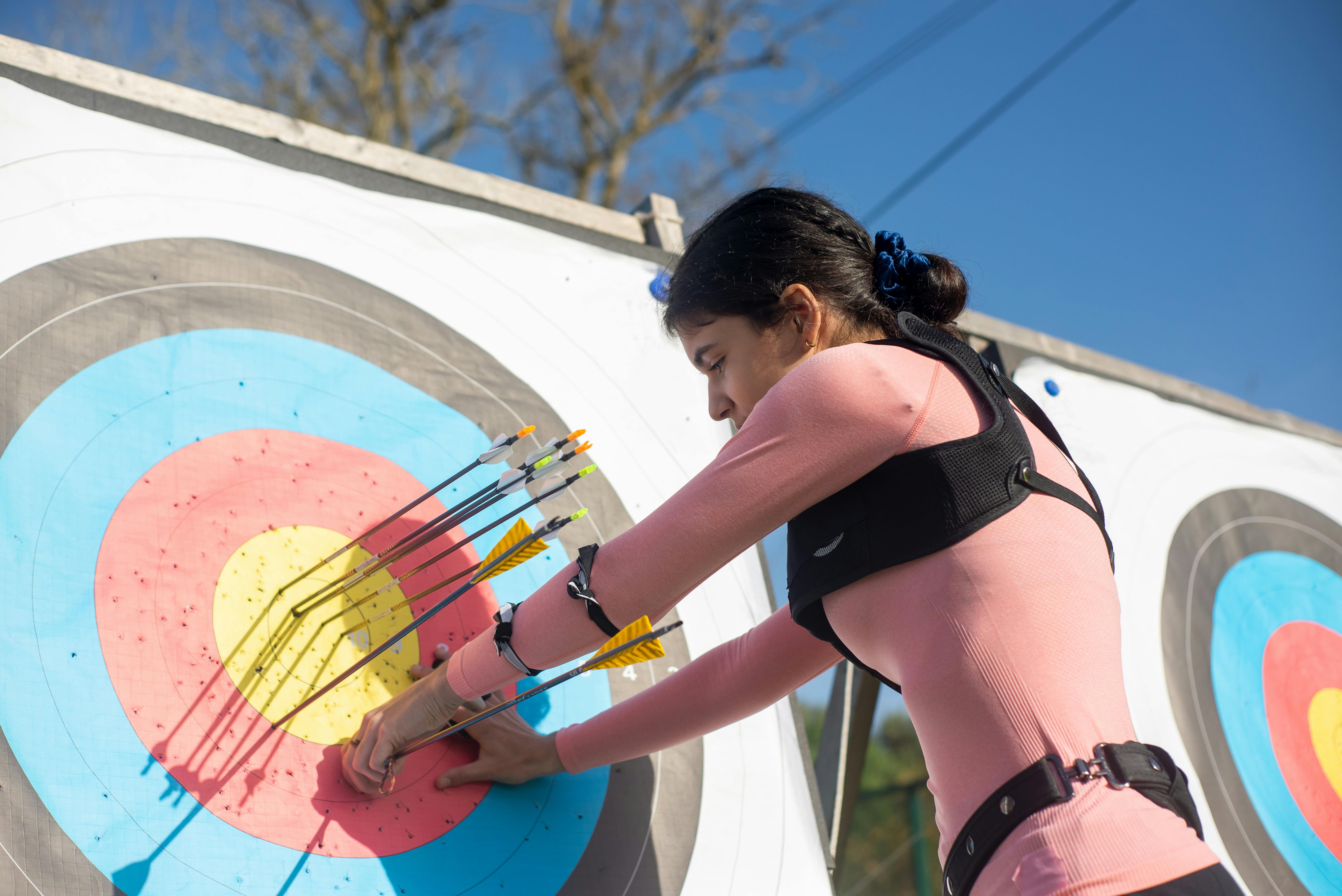
In looking at Darrius Heywaryd-Bey’s Raiders pick, I choose to be more open-minded about the pick than many in Raider Nation have proven to be. My only issue with the Raiders regarding this pick is the fact that they could have traded multiple spots to get Heyward-Bey, so I highly question his value at No. 7 overall. However, in terms of all these receivers coming into the NFL out of college, nobody and I stress NOBODY knows how this is all going to play out. This is the NFL, not the NCAA and all the stats and TDs Crabtree laid out in college don’t mean shit at this level. let me repeat. All the stats Crabtree laid out at Texas Tech don’t mean SHIT at the NFL level. Just look at all the WR busts over the years in the NFL who were studs in college. Charles Rogers, Mike Williams, Troy Williamson and Reggie Williams are just a few of the first round busts that come to mind. With that in mind, I’ve researched Heyward-Bey and Crabtree and I truly believe Heyward-Bey will turn out to be the best player in the NFL and I’m about to explain why.
Over the past 10 years, 4 receivers who have been in the Top Ten of the NFL Draft have become playmakers, while the rest have been flops. They are the following:
Calvin Johnson (Detroit)
Larry Fitzgerald (Arizona)
Braylon Edwards (Cleveland)
roy williams dallas
What characteristics do these receptors share? They are all 6’3″ or taller and possessed at least above average, if not blazing speed. I don’t see either of them at Crabtree. Nobody knows how fast Crabtree really is to begin with. Only publicly recorded time Crabtree’s running the 40 is 4.53 however that came from a site that also greatly exaggerated his height so how can you really believe that add the fact that Crabtree played in a spread offense at Texas Tech and he also has a foot injury that worried numerous NFL GMs with and one has to wonder how fast Crabtree really is I’ve watched a ton of his games in college and it always seemed like he would take the DB angle instead of fly by them. Whether this was by choice in an effort to disguise his lack of speed is unknown, but one thing is for sure: Crabtree won’t be running the 100 meter relay any time soon. Plus, his height has also been exposed. Originally, crabt Ree was listed at 6’3″, but everyone found out in the draft that he’s only 6’1 1/4, so now essentially the 49ers have a short/slow receiver that they rely on for the next 10 years.
By contrast, Heyward-Bey is at least an inch or inch and a half taller than Crabtree and the speed factor isn’t even a question. Jeremy Maclin is close to his speed, but Crabtree is not. When you examine what the Raiders are trying to do, it becomes painfully clear why DHB was the pick. As I mentioned, my only problem is that they didn’t switch to get it when that could have been an option. Perhaps the Raiders could have gotten DHB and someone like University of Arizona tackle Eben Britton, thus filling 2 glaring weaknesses. However, looking at the measurables and all of the health variables, it’s also clear why the Raiders favored Heyward-Bey over Maclin and especially Crabtree and that’s not even including personality or “character” traits. All you need to see is one Crabtree interview to see that he is extremely arrogant.
Not confident. Arrogant. Arrogant to the point where I think he already has people working on his HOF bust before he’s even run and the NFL route yet. On the contrary, DHB is humble and has come to Oakland ready to work and I have liked all the interviews I have seen of him thus far. People question the production of DHB in Maryland, as well as his hands, but these concerns are unwarranted. First, unlike Crabtree, DHB did not play in a spread offense in college and both Maclin and Crabtree played far superior QBs at their respective schools than DHB did at Maryland. Everybody says that DHB is a dud and has Troy Williamson writing about it. I concede that there will likely be a WR flop from this draft class, but I differ in believing that Crabtree is much more at risk for this distinction than DHB. Bottom line: GIVE THE GUY A CHANCE!!!!! You may be surprised.
cheers and beers







